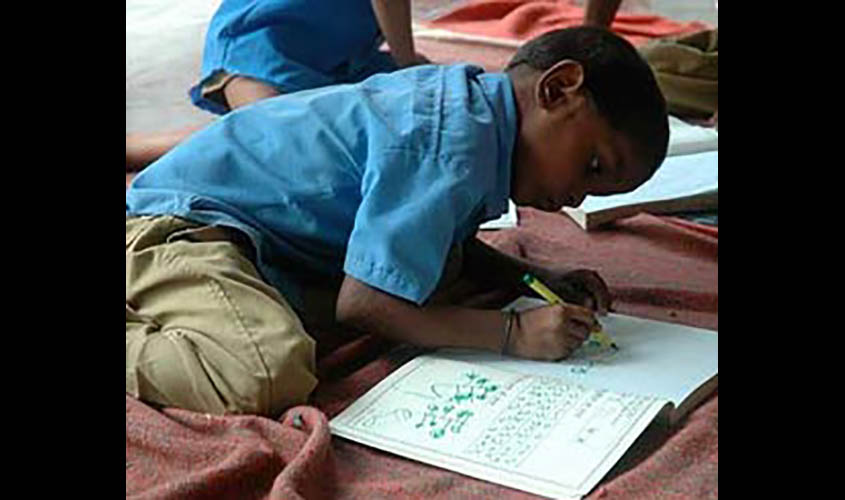‘The Centre’s stress has also been on the use of technology in the field of education’.
NEW DELHI: Although critics have been alleging that the Centre has not initiated any reforms in the education sector, a close look at the steps taken by the incumbent government reveal an altogether different story.
Many steps taken by the Narendra Modi government that will have a far-reaching impact on the education sector include the formation of the National Digital Library (NDL), Unnat Bharat Abhiyan (UBA), Global Initiative of Academic Networks (GIAN), Institutions of Eminence (IoE), the Rashtriya Uchchtar Avishkar Yojana (RUAY), Prime Minister Research Fellows (PMRF), National Institutional Ranking Framework (NIRF), Higher Education Financing Agency (HEFA), Pandit Madan Mohan Malaviya National Mission on Teachers and Teaching (PMMMNMTT), amendment of RTE Act, 2009 in 2017, and e-pathshala.
Dr Pravesh Kumar, assistant professor at Jawaharlal Nehru University (JNU), said “The steps taken by the incumbent government show that the government’s focus has been on making education affordable and accessible to all in the country. The stress is also on the use of technology in the field of education.”
“The Modi government’s digital initiative like NDL is proving to be a great enabler for the education sector. The NDL, which is a virtual repository of learning resources, has already brought together 15 million digital books and journals and 31 lakh learners are using this facility. Similarly, the Unnat Bharat Abhiyan, a new initiative to make use of the knowledge base in higher educational institutions for plugging technology gaps in rural areas, has been successful. The UBA has already selected 750 institutions this year to work in the field,” Kumar said.
“Other schemes like RUAY, which proposes to invest Rs 250 crore annually on identified education projects, and the GIAN initiative that was launched in 2015 and has so far conducted 1,075 courses in which over 40,000 students have gained enriched academic inputs from academicians and teachers of international repute, have proved helpful for thousands of students. Also, the Central government’s PMRF scheme has become the lifeline for bright scholars. The scheme supports 1,000 bright undergraduate students every year, for direct admission in the research programmes in reputed institutions like IISc, IITs. The fellowship carries a lot of social recognition and ranges from Rs 70,000 to 80,000 per month for a five-year period,” Kumar said.
Professor Kumar said that schemes like HEFA would solve the problem of funding in higher education.
The HEFA would finance academic and research infrastructure projects through a 10-year loan. It is expected to spend Rs 100,000 crore in the next five years, for creation of high quality infrastructure in premier education institutions. Also, initiatives like NIRF would promote competitiveness among the institutions. The NIRF was launched in 2015 has more than 3,500 institutions on board.
“To improve school level education, the RTE Act, 2009 was amended in 2017 and this has provided greater accessibility of education to the marginalised sections of the society. So, it will be wrong to say that the Central government currently in power has not done enough to improve the education sector,” Kumar added.

